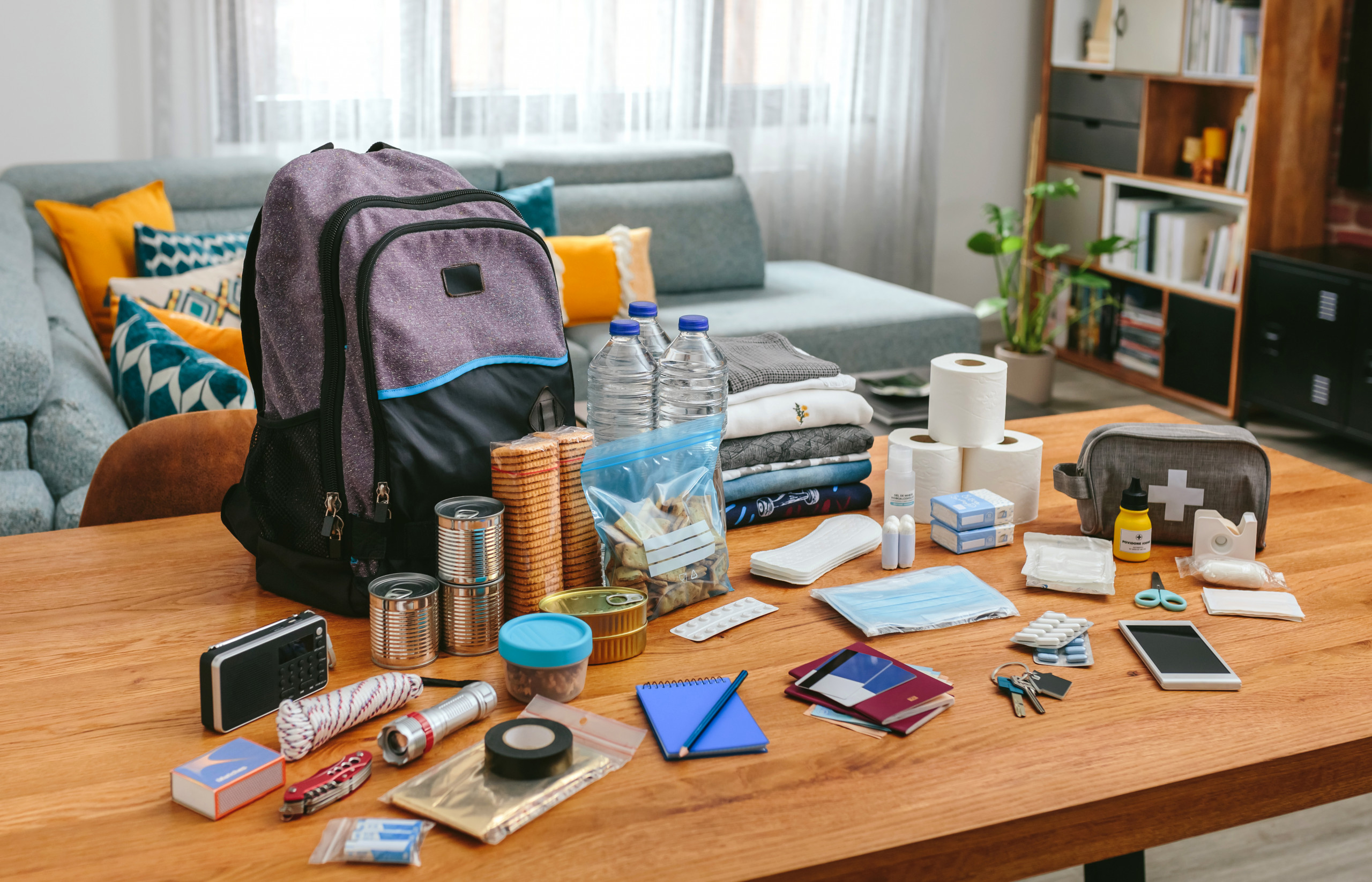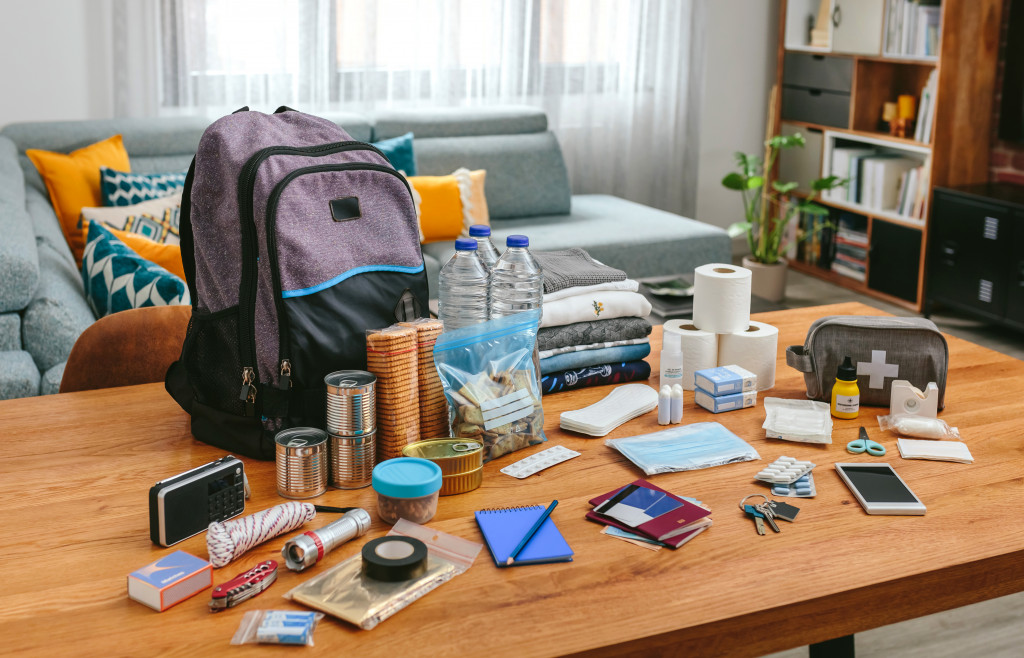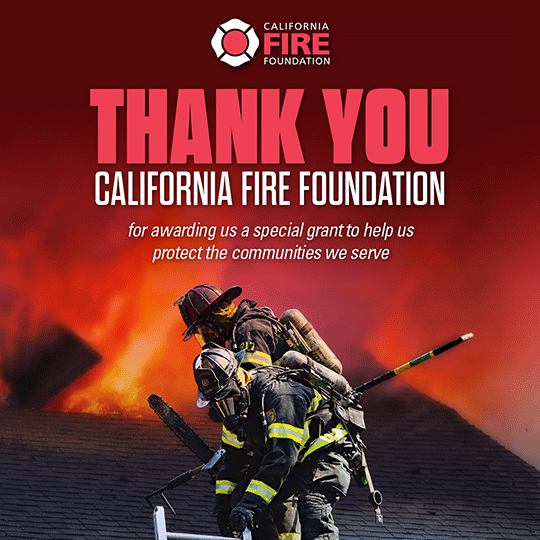
Home isn’t just the building that we live in. It’s a special place that provides shelter and warmth, it keeps us safe and protects the people and items that we treasure. Your home could be an apartment, a mobile home, a brick house or even a treehouse. It doesn’t matter what you call home, you want to protect it and those that share it with you.
isn’t just the building that we live in. It’s a special place that provides shelter and warmth, it keeps us safe and protects the people and items that we treasure. Your home could be an apartment, a mobile home, a brick house or even a treehouse. It doesn’t matter what you call home, you want to protect it and those that share it with you.
AVOID A TRIAL BY FIRE: Preparation Beyond Prevention

“Home Safe Home”
is the new
“Home Sweet Home”
We cook, we sleep, we work, we charge our devices, we decorate and celebrate holidays all in the same space. Most of us don’t think about those activities in the context of a fire hazard. When we do, the picture gets a little… smokey? Because home fire preparedness can seem like a daunting task. The good news is you don’t have to become a fire expert to keep yourself and your family safe, thanks to organizations that you know and trust, like The Red Cross and Ready.gov. They provide loads of information on what causes most home fires. Here, we highlight some of the simple but essential steps you, your family and your friends can take to prevent them.
Why do we need to prepare for a home fire if we take the right steps now to prevent it? Because accidents happen. At AidTeam, we hope for “happy accidents”, where you can have some fun getting prepared for a potential fire. But serious accidents happen too, and when you’ve practiced your response to an emergency situation, you’ll be better equipped to respond calmly and quickly should the circumstance ever arise. According to the Red Cross, you may have as little as two minutes to skedaddle.
BURNING FOR ANSWERS
Don’t worry if you’re not sure! Get guidance on answering these questions and a whole lot more in the following video, where we tag along for a home fire examination. Basic walkthroughs like this can highlight gaps in your home safety plan. Imagine this conversation taking place in your own home, then brainstorm how you can make these recommended changes. Afterwards you can do your own walkthrough with the whole family and start ticking off tasks below to prepare for the event of an actual fire. Sit down with your household and watch together.
If Something’s Cooking, Just Keep Looking!
We use our kitchen appliances so frequently that we may forget about their inherent danger. Commit to the following practices to make sure dinner stays tasty and not toasty:
Give Heat 3-Feet!

Some items have no business being near stoves or other heat sources. Here are some tips for keeping these “safety zones” cool:
Head Start at Home
Set yourself up for safety: take these steps to move your home toward hazard-free.
I’ve got 20 minutes!
What should I do RIGHT NOW?
Tackle these top priority items in a flash :
Check Your Smoke Detectors
Build Your Disaster Supply Kit
Draw Up Your Own Fire Escape Plan
Sign Up For Emergency Alerts
FEMA alerts available in the Apple App Store and Google Play
NOAA Weather Alerts by State and Fire Alerts
Western US Wildfire Monitoring and live cameras
Protect Your Home
I’ve got $100 burning a hole in my pocket, what can I get to protect my home?
Avoid the overwhelming results of an internet search and get the essentials at lightning speed.
2-in-1 Smoke & Carbon Monoxide Detectors
Fire Extinguishers
Doc and Cover
Old Flames
Basic Supply Kit
ADDITIONAL RESOURCES AND USER CONTRIBUTED CONTENT
Special Thanks to the experts: California Fire Foundation, National Fire Protection Association (NFPA), American Red Cross, Ready.gov and all those who keep our homes safe.

Last year, catastrophic wildfires burned millions of acres across California alone. Thank you California Fire Foundation for awarding us a special grant to help you prepare and respond to wildfires and other risks in your area.
Visit calfirefoundation.org/grants to learn more. @cafirefound | #wildfires





